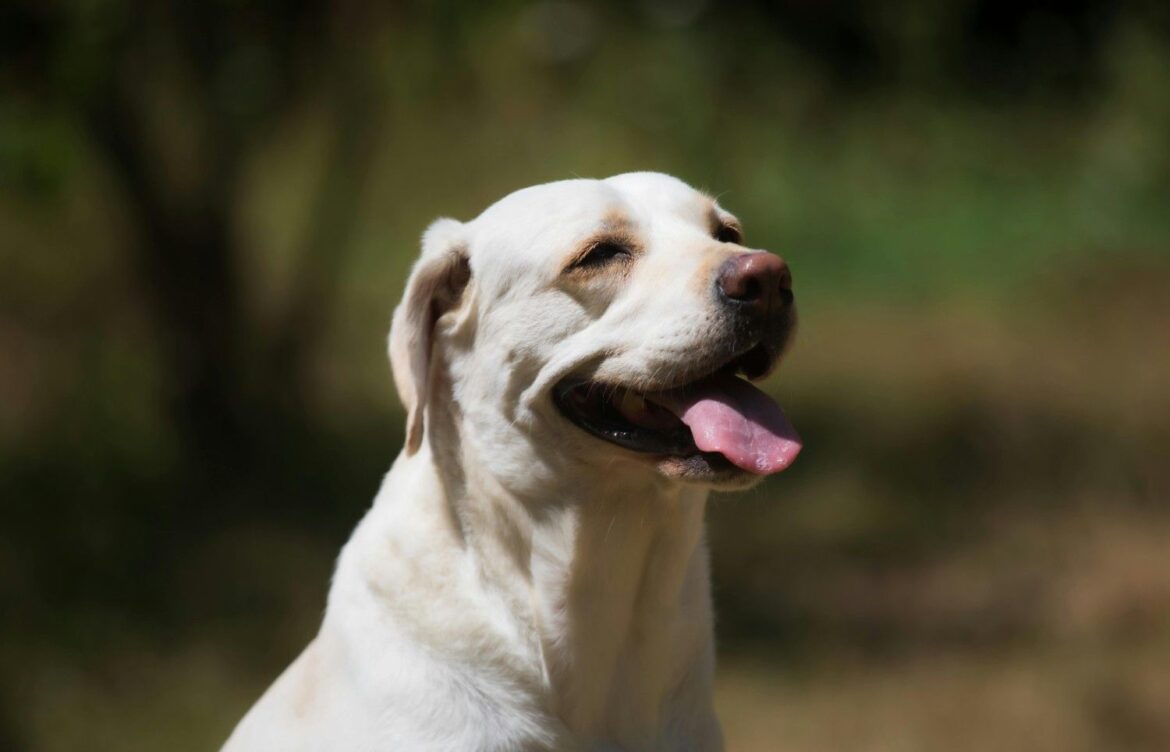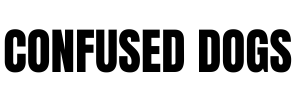
By ConfuseDogs Team
Do Labrador Retrievers Shed? Tips to Manage Shedding
Article Overview
hide


